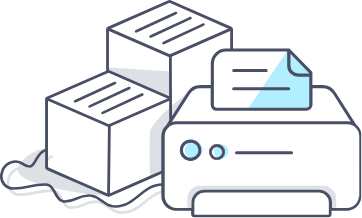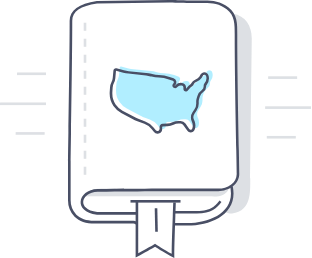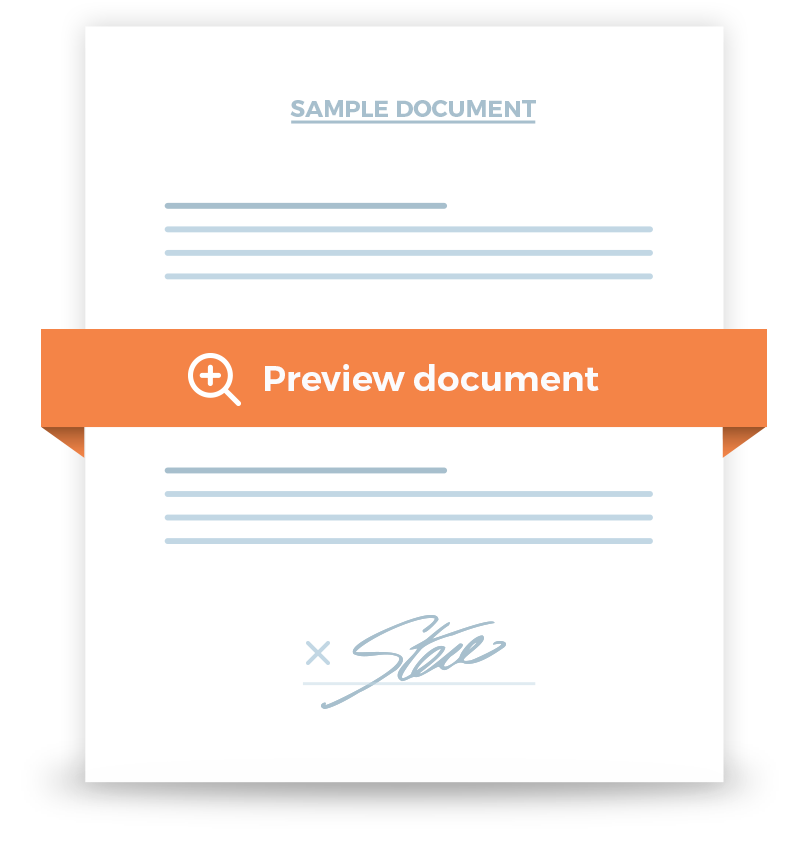Deed of Trust
You form a Deed of Trust between a lender and a home buyer or borrower. Its purpose is to ensure that the borrower will repay the loan. At the same time, all the property-related responsibilities will remain within the lender's hold until the borrower completes their repayment.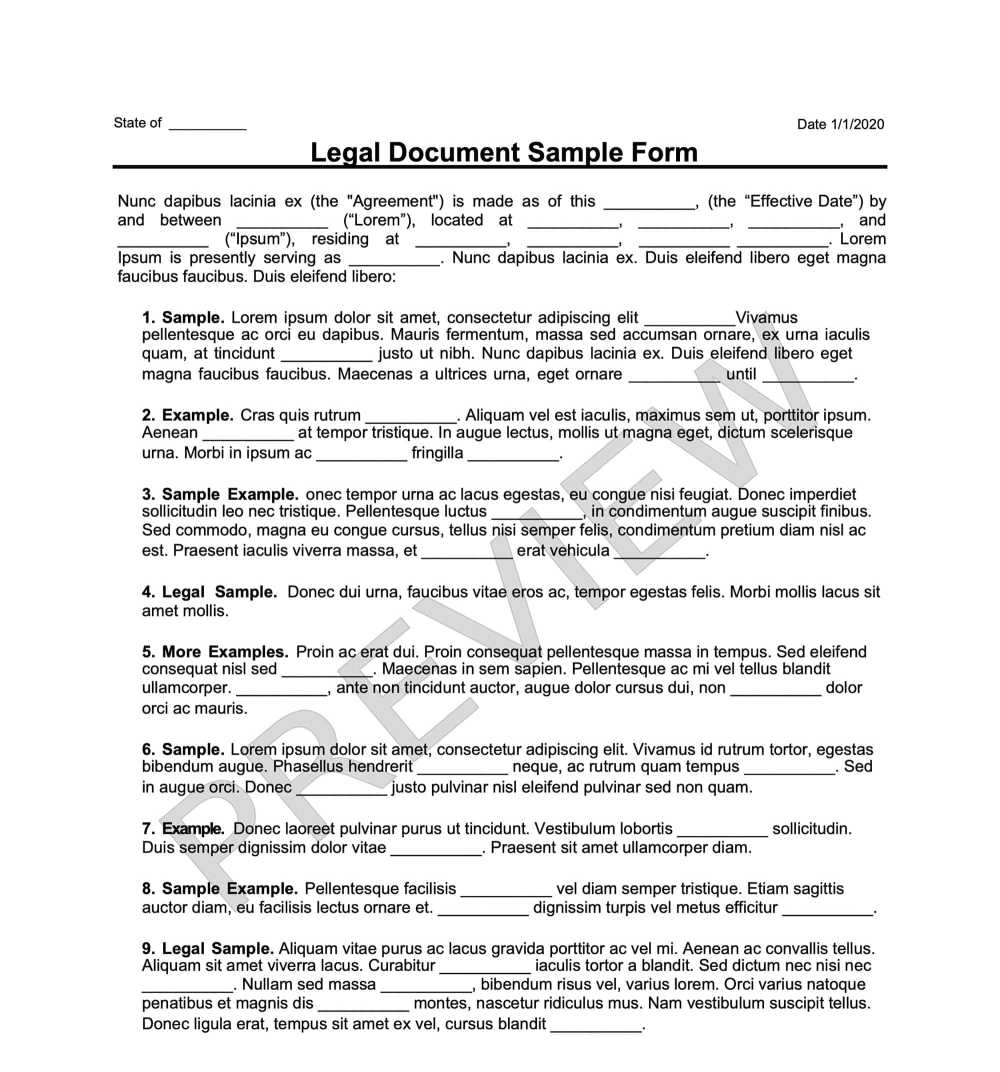
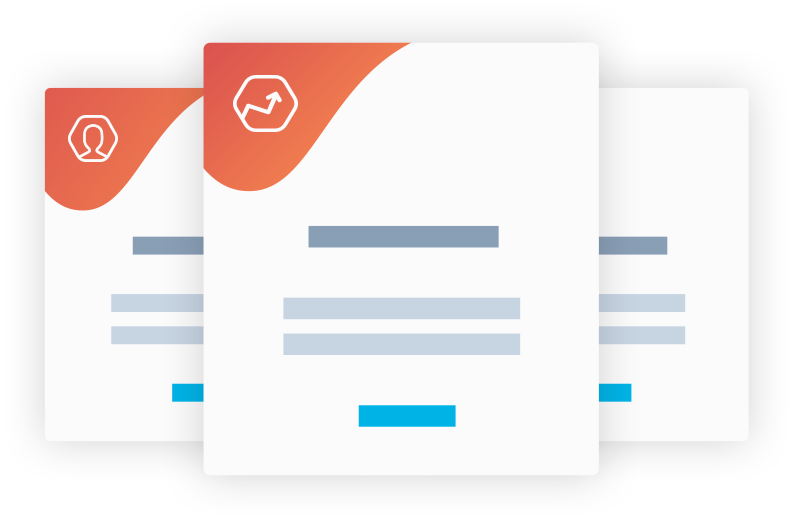
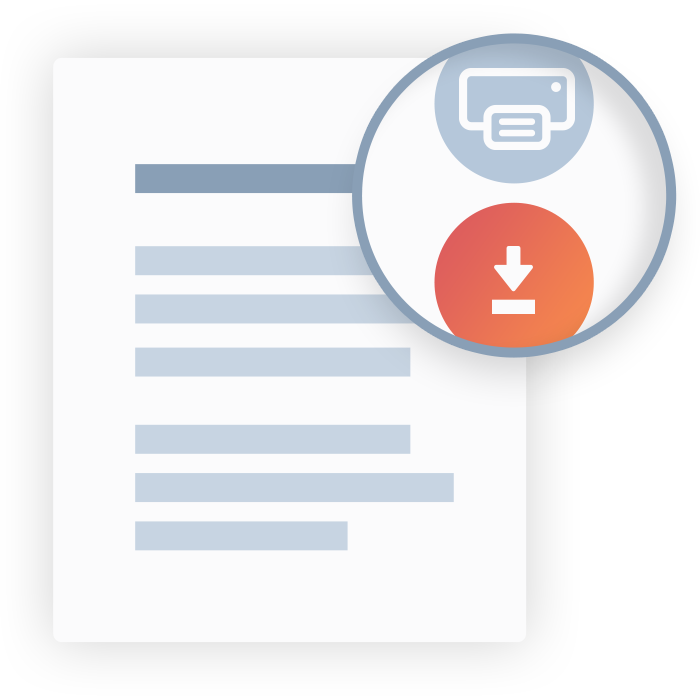
Frequently Asked Questions
A Deed of Trust differs from a mortgage primarily concerning foreclosure. In the case of a mortgage, the lender will need to apply to a court to resolve the matter, while with a Deed of Trust, the foreclosure will be nonjudicial. Mortgages will also require more expenses and time for foreclosure, while a Deed of Trust will be faster and require less overall effort.
Finally, a mortgage will involve two parties, while a Deed of Trust will introduce a third party in the form of the trustee.
Most states will handle foreclosure without court involvement. This is because they grant the trustee power of sale, allowing them to enact foreclosure directly.
In a Deed of Trust, possible lenders can include the property seller, private investors or mortgage companies, family members, or friends.
Potential trustors can be home or property buyers, professional property flippers, companies or organizations who want to buy an office, family members, or friends.
While banks have traditionally been the go-to lenders, private mortgages and Deeds of Trust have become a relatively popular alternative to bank loans. This is because banks and other financial institutions often impose strict conditions on the lender, while all parties have greater flexibility in the case of a Deed of Trust.
The possibility to form a Deed of Trust between family members and close friends is especially beneficial since they can resolve the debt through more creative means. This way, the interested parties can adjust repayment periods, interest rates, and down payments.
From the borrower's perspective, an additional benefit comes to those who would have trouble qualifying for a bank loan. This may include self-employed persons, property flippers, college graduates, and people whose credit history might disqualify them from taking a traditional loan.
On the other hand, you should note that this form of lending carries certain risks both for lenders and borrowers. The lender could always default, and the borrowers might not cover the loan through foreclosure.

